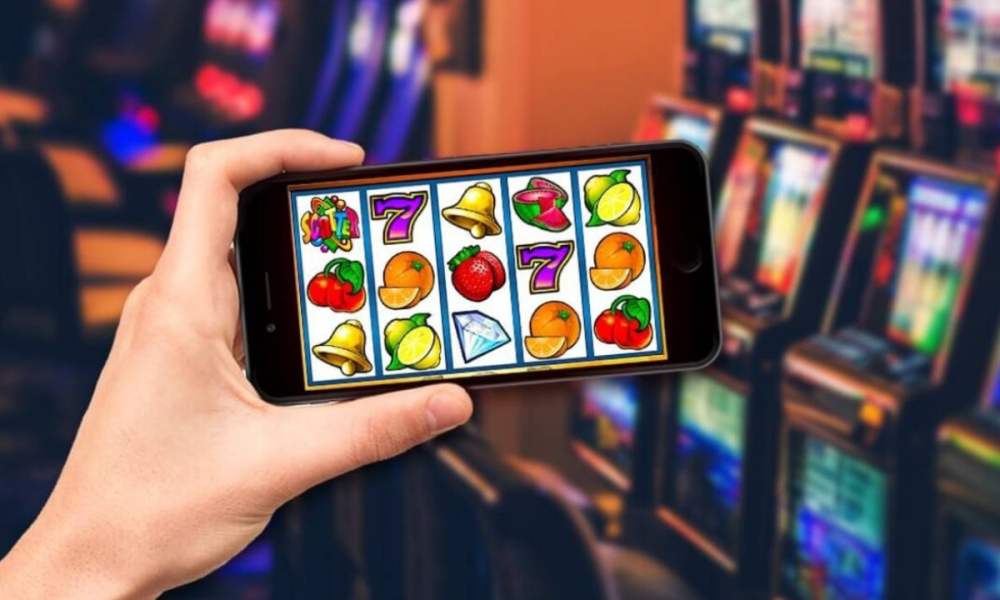Payment technology innovations have dramatically altered how players engage with digital casino games. Transaction speed, security features, and accessibility options influence who plays, how often they participate, and their typical deposit amounts. These evolving payment ecosystems create ripple effects throughout the gaming experience, from initial sign-up decisions to long-term engagement patterns across diverse player segments. Modern payment systems can be experienced firsthand by visiting https://beacukailangsa.com. The online slot industry has witnessed substantial participation shifts directly correlated with the evolution of payment methods. Platforms that implement emerging transaction technologies typically report 30-50% increases in new player acquisition and 20-35% improvements in retention metrics compared to those limited to traditional banking options. These participation changes reflect reduced friction in the player journey, particularly at critical conversion points where payment complexity previously created abandonment.
E-wallets reshape engagement cycles
E-wallet adoption has fundamentally altered deposit frequency patterns, with data showing average transaction counts increasing 2.4x while average deposit amounts decrease by approximately 40%. This shift reflects a move toward more frequent, smaller deposits rather than larger, less regular transactions. Players utilizing e-wallets typically engage 3-5 times weekly versus 1-2 times for traditional payment users, creating more consistent engagement patterns. The instantaneous transfer capabilities eliminate the 1-3 day processing windows familiar with bank transfers, enabling spontaneous play decisions during brief leisure moments. Transaction logs demonstrate distinctive evening micro-session patterns among e-wallet users that rarely appear with traditional payment methods, requiring more deliberate planning. These convenience factors have proven particularly influential among casual players who prefer fluid deposit options aligned with variable entertainment budgets.
Mobile banking integration
- Real-time balance awareness – Mobile banking notifications provide immediate feedback on gambling expenditures, supporting informed play decisions
- Fingerprint verification – Biometric authentication eliminates password entry friction while maintaining security, reducing abandonment rates
- Banking app integration – Direct connections between banking and gaming apps create seamless deposit workflows without platform switching
- Location verification automation – Geolocation data from mobile devices streamlines compliance requirements, reducing verification delays
- Push-notification approvals – Transaction confirmations through existing banking apps create familiar security experiences for cautious players
According to industry conversion metrics, these mobile-specific features collectively reduce transaction abandonment by 35-45% compared to desktop-based payment methods.
Pay-by-phone revolution
Phone bill payment options have dramatically impacted participation demographics, enabling gameplay without traditional banking relationships or credit card access. These systems allow charges directly to mobile phone bills or prepaid balances, creating participation pathways for underbanked or younger demographics previously excluded by conventional payment requirements. Data from markets with widespread pay-by-phone adoption shows 22-30% of active players using these methods exclusively, suggesting they represent entirely new market segments rather than payment migration from existing players. Session data reveals distinctive usage patterns characterised by smaller transactions but higher frequency, creating sustainable engagement models despite lower individual deposit amounts.
Prepaid card systems
Closed-loop payment cards designed specifically for gambling activities have gained traction among players seeking expenditure boundaries without complete abstention. These systems enable predetermined spending limits through physical or virtual cards loaded with specific amounts, creating natural stopping points when balances deplete. Transaction data indicates these users typically engage in more extended individual sessions, but with clearer overall participation limits compared to open-ended payment methods. The popularity of these bounded payment systems highlights growing consumer interest in structured entertainment experiences with predetermined financial parameters. Usage patterns suggest these methods appeal to recreational players seeking enhanced entertainment value while maintaining predictable expenditure patterns aligned with entertainment budgeting rather than profit motivation.




